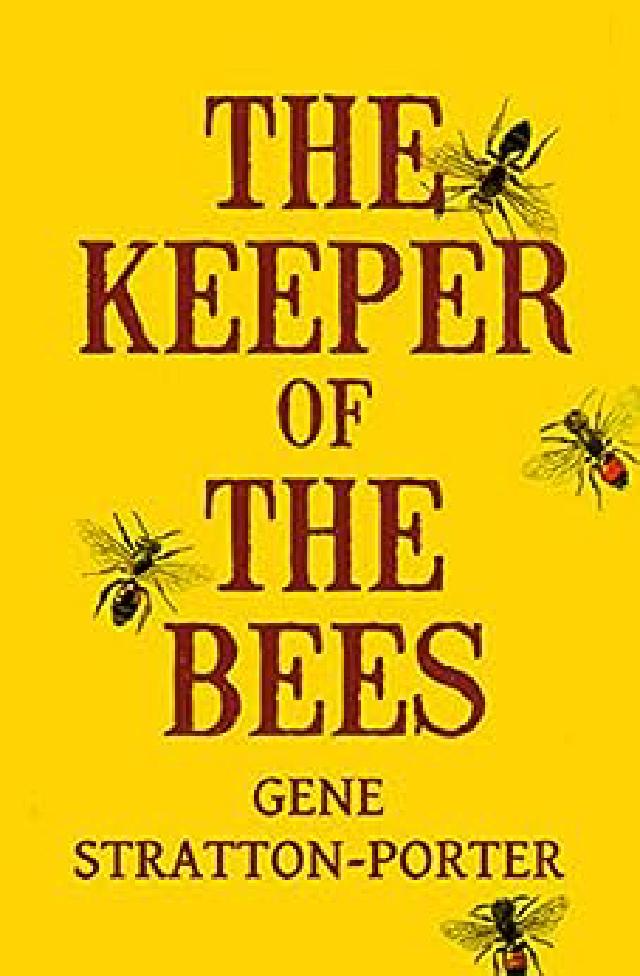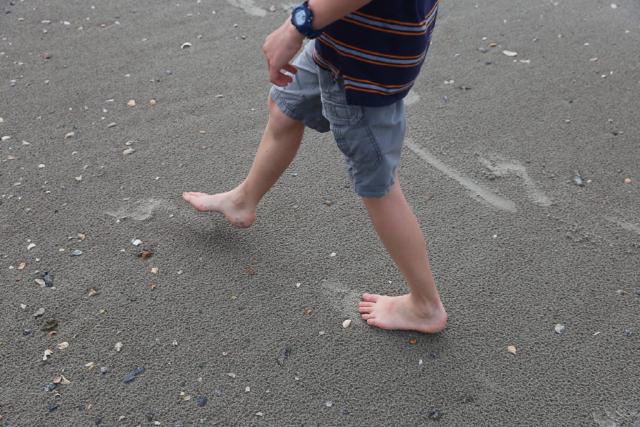Read this with your kids: The Keeper of the Bees by Gene Stratton Porter

-
Most homeschool book clubs have a wide range of ages. Many homeschoolers believe their 12-year-old children are old enough to handle “high school level” material.
-
Many homeschoolers are protective of their children and don’t want them reading smutty stuff. The definition of smutty can be quite strict in some cases.
-
Most homeschoolers struggle to keep up with reading all that their children are reading. It can be hard for parents to find time to “pre-read” a variety of books for their own children.
Without pre-reading this book, I took the risk to simply put it on the list, hoping that it would be a good choice. What a gift this book is! I loved it! My sixteen-year-old loved it, too. Highly recommend! This book is by Gene Stratton Porter, the same author who wrote “Girl of the Limberlost.” It was her second-to-last book and published posthumously in 1925.
The Keeper of the Bees is a story about a World War I veteran named Jamie who regains his heath through the restorative “power and beauty of nature.”
I began reading having no idea what would happen. I found it delightful. Jamie has a great adventure. “The reason a great adventure is an adventure is because the things that happen are so very simple and so very natural.”
Favorite Descriptions from the book: *”One glance at the legs of the trousers he was wearing made him feel like the original factory in which germs had been invented.”
*”He was hearing singing water. He was hearing water that was rushing and falling and spilling and laughing and doing all the heartening things that water knows how to do when it is left to follow a rocky bed down a canyon…water that ran so impetuously that never before had he seen water travel in such haste.”
*“He had not reached the place where he could think progressively, consecutively, conjecturally. He was simply putting distance between himself and a girl who had lied to him, lied outrageously.”
*Being a tall woman myself, I liked these two descriptions of tall women (with big feet):
“Margaret Cameron did not in the least resemble Jamie’s mother, but she resembled a woman who might well have been typical of a universal mother, and exactly the right kind of a mother at that. Her face was beautiful with a severely cut beauty that always indicates an indomitable spirit. With one glance at Margaret Cameron one would have been safe in arriving at the conclusion that she would be drawn and quartered before she would renounce her religion, her country, her political opinions, or her family. She was tall; she carried no ounce of superfluous flesh. Her hair was white and her eyes were blue. There was color in her lips and cheeks. She looked wonderful to Jamie when she smiled at him.”
“There it was. The footprint of a woman—not the peaked toed, pointed heel that he sometimes saw tilting over the sand. The imprint of a foot intended for business, shod in a shoe reasonable in width, unusual in length, with decidedly a common-sense heel.”

I also enjoyed the out-of-date but delightful phrases: “ain’t she the Lallapasooza!”
*Cleverly, Gene Stratton-Porter has a young child explain the complexities of keeping bees, so the information is approachable and understandable for anyone.
*“First question I ever asked was, ‘Why is the bee garden blue?’ And I’ll have to tell you the answer because you would never guess it in a thousand years. The answer is, ‘Because of God.’”
*“She lays eggs all the time. You couldn’t believe how many eggs—maybe as many as two million. She has only got seven or eight thousand eyes, ’cause she’s a stay-at-home-lady. Right-on-the-Job is her first and last name, both all two of them.”
*“Then there are the books like Fabre and Maeterlinck that the Bee Master says are three things at one time. First they are the truth, and next they are poetry, and third they are the evidence of a Master Mind that plans every least little tiny thing.”
I loved the book because of the main characters and their healthy friendships, the exquisite descriptions of nature, and the glimpse into America just after World War I. If you wish you could spend your summer next to the Pacific Ocean, this is the book for you to read! You will feel as if you spent time in idyllic California.
Note: The book touches on gender dysphoria in the sense that the main ten-year-old character is not identified as either female or male until much later in the book. The discussion about gender identification in 1925 was very different from how we talk about it now.